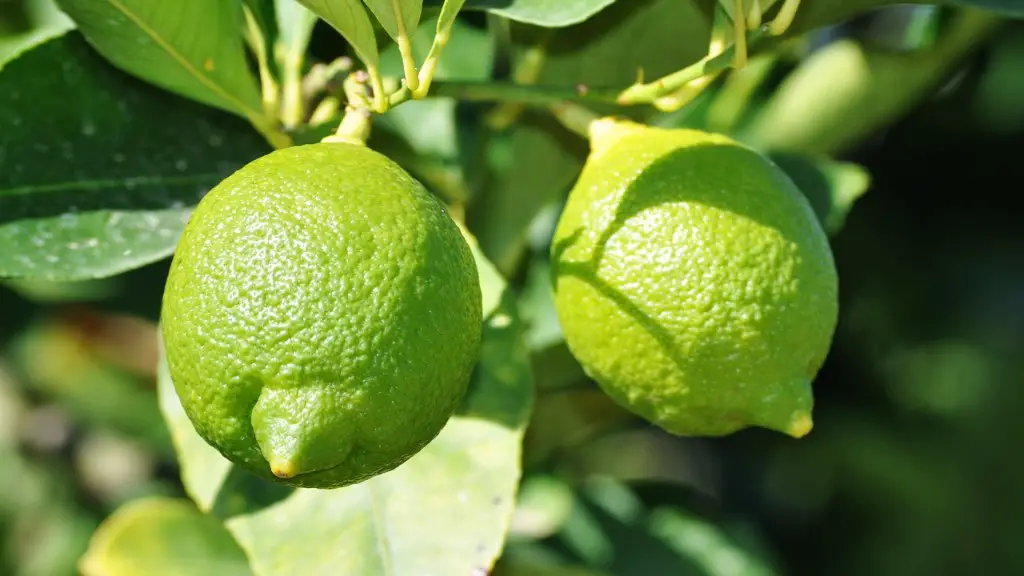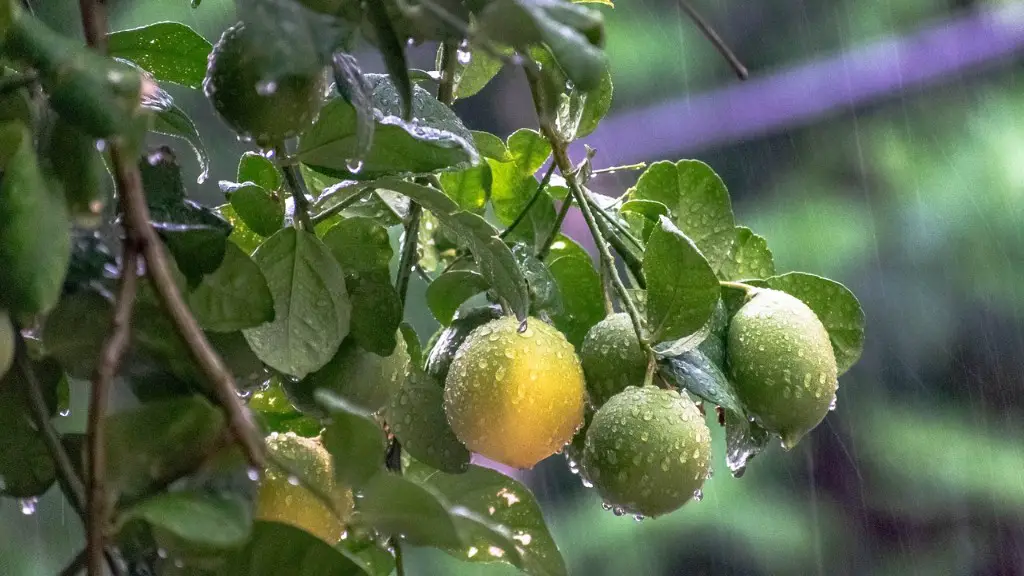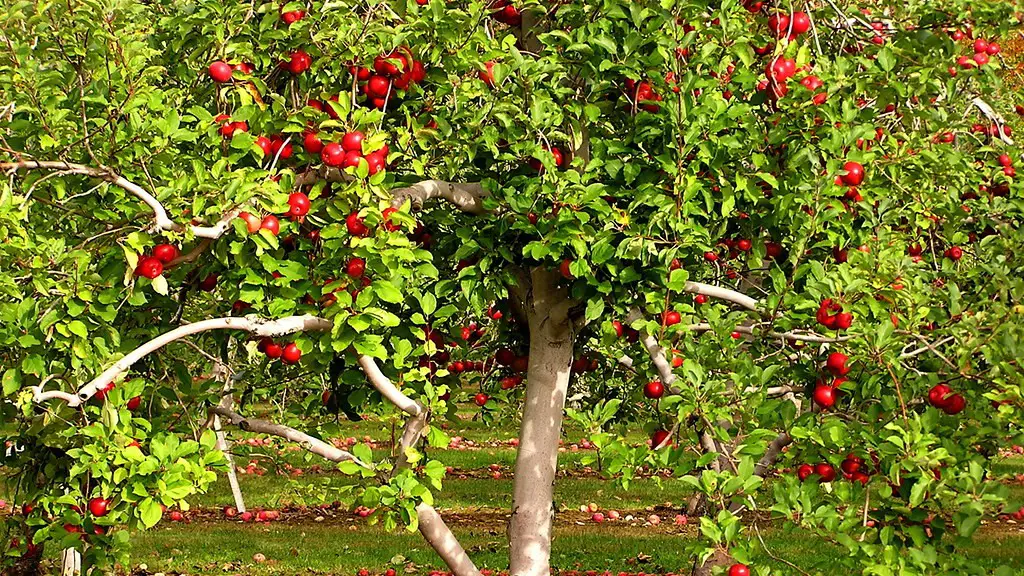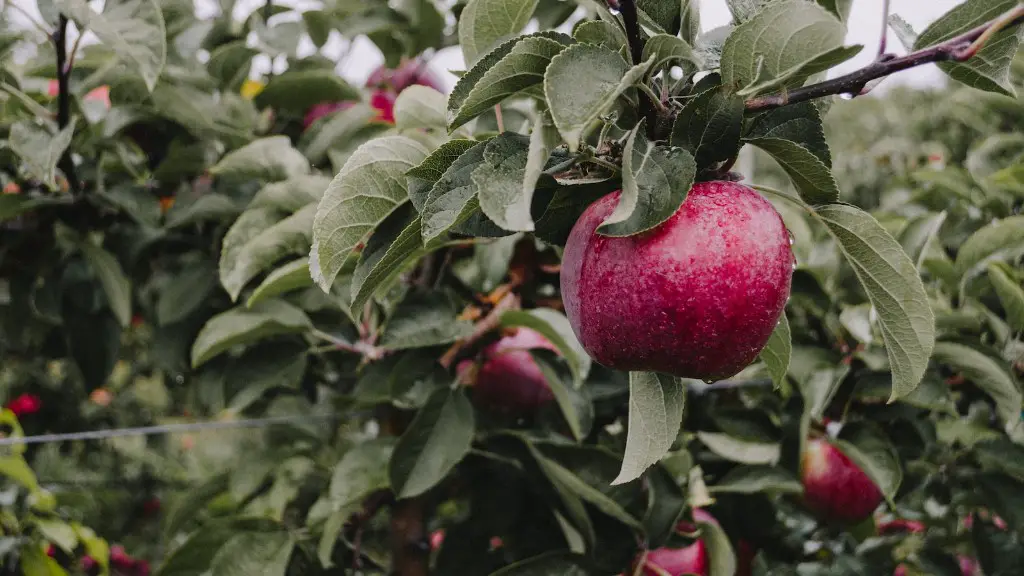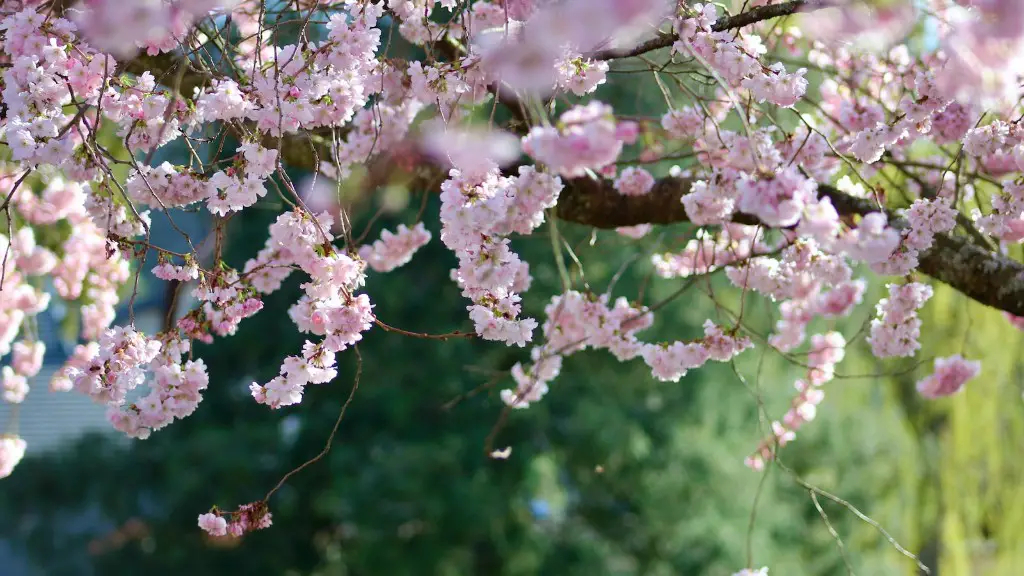Can You Graft an Orange Tree to a Lemon Tree?
Grafting is a horticultural procedure in which pieces of one plant are joined to those of another to create a single, more robust entity. Grafting has been used to combine two different species of plants, one of which is commonly an orange tree. The question arises: can this be done with an orange tree and a lemon tree?
The short answer is yes, it is possible to graft an orange tree onto a lemon tree. While this may seem like a strange request, the fact is that grafting can be used to create a variety of new, hybrid plants. This is because different species of plants can share a compatible rootstock and graft successfully.
When grafting these two varieties together, an intermediary plant is usually used as the rootstock. This is done for two reasons. First, it allows for the creation of a larger, more productive plant. Secondly, it helps reduce the risk of disease or pest attacks. With the correct rootstock in place, the two plants are then joined using specialized tools.
The new, grafted plants require special care during the first few months of growth. This includes regular watering and regular pruning to encourage root formation and healthy growth. With proper care and maintenance, the plants will soon create a unified organism.
Grafting is a great way to create a new and unique plant, however it is important to remember that it is not without risk. As such, it is highly recommended that this procedure is performed only by an experienced and reliable horticulturist.
Grafting Techniques
Grafting is the process of joining two or more plants into one. This practice has been used in nature for hundreds of years, with some of the earliest examples of grafting being documented as far back as 2000 B.C. Grafting is used not only to produce new plants, but also to improve existing plants. The most common practice is to graft a fruit bearing plant onto a hardier rootstock. This makes the new plant more resilient to disease, pests and inclement weather.
Along with the grafting of two different species of plants, grafting techniques can also be used to combine different varieties of the same species. For example, one could graft Braeburn apples onto Red Delicious rootstock to create a new apple tree. In the case of an orange tree and a lemon tree, grafting is a viable option for creating a single, larger organism.
When grafting, it is important to select plants with compatible rootstocks. If the rootstock is not compatible, the graft will not take. Furthermore, grafting should be done when the plants are in their juvenile growth stages. Grafting in the late winter or early spring is usually the best time.
Once the graft is successful, regular pruning and watering is essential to promote healthy growth. The graft must also be protected from disease and pests. There are a variety of treatments and products available to do this, depending on the particular plants and growing conditions.
Grafting is an important tool in horticulture and can be used to create new, interesting plants. It should only be attempted when both plants have compatible rootstocks and the proper tools and techniques are employed.
Advantages and Disadvantages of Grafting
Grafting can be a great way to create new and improved plants for use in gardens, orchards and greenhouses. It allows for the combination of two different plants, or different varieties of the same species, to create a single, more robust entity. However, it is important to be aware of the advantages and disadvantages of grafting before attempting it.
One of the biggest advantages of grafting is that it increases the size and yield of plants. This is especially important for fruit-based plants, as grafting can lead to larger produce with more flavor and better resistance to disease and pests. Grafting also makes fruit trees and other plants more tolerant of inclement weather, such as lower temperatures and drought.
On the other hand, grafting is a time-consuming process and is not always successful. If the plants have incompatible rootstock, the graft is unlikely to take. Furthermore, the new plants require extra care and protection during their early growing stages. If this is not given, the graft can fail and the plants may succumb to disease or pests.
Grafting can be a great way to create new and improved plants, however it should be approached with caution and extra care. As long as the correct techniques and methods are employed, the advantages of grafting can be realized.
Tools and Materials Needed
Grafting is a horticultural practice in which two plants, or two varieties of the same species, are joined to create a single, more robust organism. This process is highly technical and requires specialized tools and materials.
First and foremost, pruning shears are needed to remove the tops of the plants before grafting them together. These should be sharp and sturdy, as they will need to cut both plants with precision. It is important to ensure that the pieces fit together snugly, or the graft will fail.
Other tools and materials required for grafting include grafting tape, a grafting knife, a grafting sealer, and a rooting hormone. All of these materials will help ensure a secure grafted union. Additionally, one will need an intermediary rootstock on which to graft the desired plants.
Grafting is a specialized horticultural practice. As such, the tools and materials needed for a successful graft are specific and highly important. Without these things, the graft is unlikely to take.
Successful Grafting Tips
Grafting is a horticultural practice that is used to combine two plants, or two varieties of the same species, into one. While it is possible to create new and interesting plants through grafting, it is important to remember that it is a delicate process and requires a lot of care and attention.
When grafting an orange tree onto a lemon tree, the most important thing is to ensure that the rootstocks are compatible. If not, the graft will not take. Secondly, it is essential to use the right tools and materials. This includes pruning shears, grafting tape, a grafting knife and a rooting hormone.
Thirdly, the new grafted plants will require extra care and attention during the first few months of growth. This includes regular watering and pruning, as well as protection from disease and pests. All of these things must be done with precision and care in order to ensure the success of the graft.
Finally, it is important to remember that grafting is a delicate process and should only be attempted by an experienced and reliable horticulturist. With the right tools, materials and technique, successful grafting is possible.
